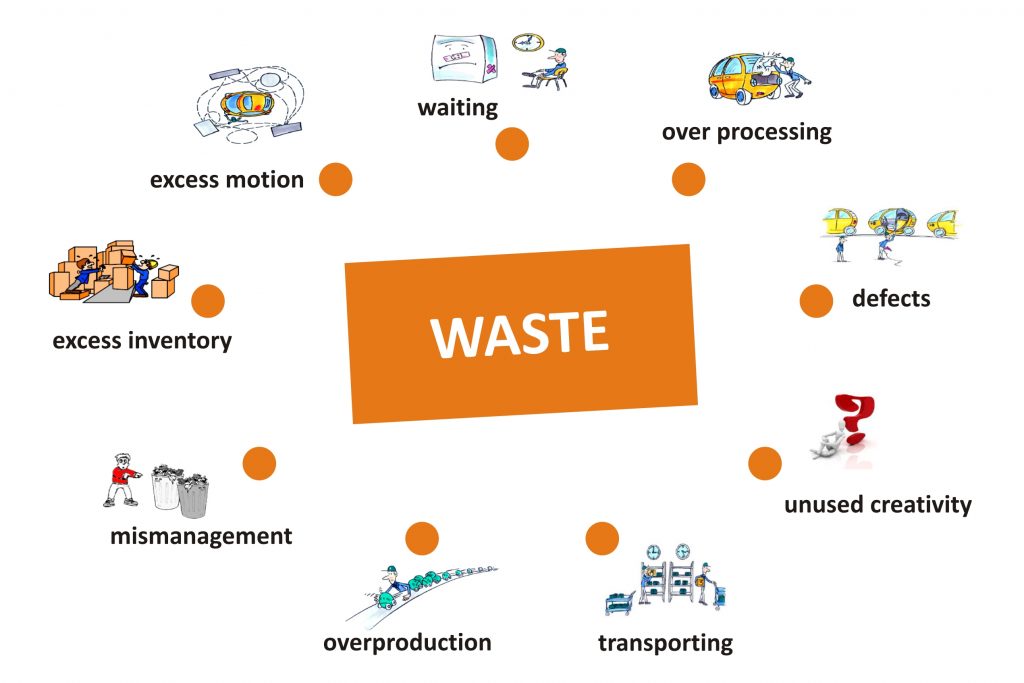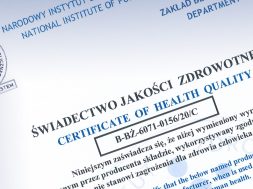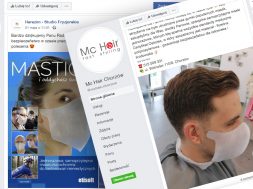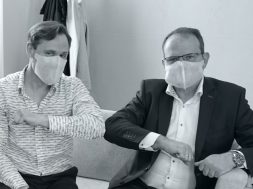
Process orientation in our company’s operations
Process orientation – waiting in the first place
The essence and purpose of company’s processes is to reach particular results. They are verified during internal and external relations between suppliers and recipients. The customers – internal and external ones decide what constitutes the value of a product or service. To conclude – processes are sort of a mutual relationships map. It must be drawn in such a way to reach the target in a shortest distance, including all the points or departments that process runs through. Owing to such clues we know who is our customer, why we do it, what we do and what we want to achieve.
Success orientation
Etisoft’s process map started seven years ago, just before ERP system was implemented. The first step was marketing activities. We focused on describing how market research process is delivered, databases created and customers gained. This is how we pointed out marketing process’ products, such as contacts to customers or potential inquiries. Gathered leads are then forwarded to sales process (Sales department), supported by technological and purchasing processes. The output of the process is the offer the customer gets. Next phase is delivered in following department (Customer Service Office) as an order which initializes production and hence, operational process leading to finalization. The creation of the delivery note results in an invoice. Its booking means the process is over. One of the most challenging steps was to convince employees that such actions are meaningful and necessary.
As was already mentioned, it was ERP system that set the direction of our reorientation, which forced cross-actions description. The ERP implemented in Etisoft was specially designed to answer our needs in this area. Another argument to separate our activities into smaller bits was the increase in number of employees and a fact that we have many branches, also located abroad. It was also lean philosophy that led us to recognize and optimize production activities. Employees of all levels took part in trainings, by playing simulation games and trying to understand the essence of process orientation, its directions and necessity to eliminate waste.

Continuous improvement needed
The ERP system is already implemented however, the processes are still in progress of creation and optimization – yet we are guided by continuous improvement philosophy. We have already described the main process, as well as supporting and management ones. We also described the main flow in the organization and processes described as “atomic” which contribute to it.
Identification of problems is a key activity in processes optimization – this is the essence of lean. We can use numerous tools in order to achieve it, however, the base is to constantly find the waste by the process operators. It is the employee from a given area that may point out what problems occur and hence, identify the waste. When ERP was implemented all employees took part in waste identification within the whole company and that’s how our base for optimization started – first hints: What? Where? How? When?
We wanted to handle “waiting” first, as this type of waste influences many operations that do not bring value. In some areas there were many wastes, in others, the “muda” was insignificant. We have already seen advantages of process orientation. We managed to eliminate unnecessary transport and limit waiting which was at that time the most frequent waste in our organization. It was waiting that extended sales process. Exchanging information between Technology, R&D and Sales departments frequently delayed finalization of the process, hence this was the priority we handled. We eagerly use others’ best practice, as we are well aware we are still learning and we want to gain the best possible knowledge from each other. We focus on improving operations basing on process analysis because we want to be transparent and predictable for our customers.
We know there is still much to be done, but we optimize processes step by step so as to eliminate waste identified in particular areas.
(179)









